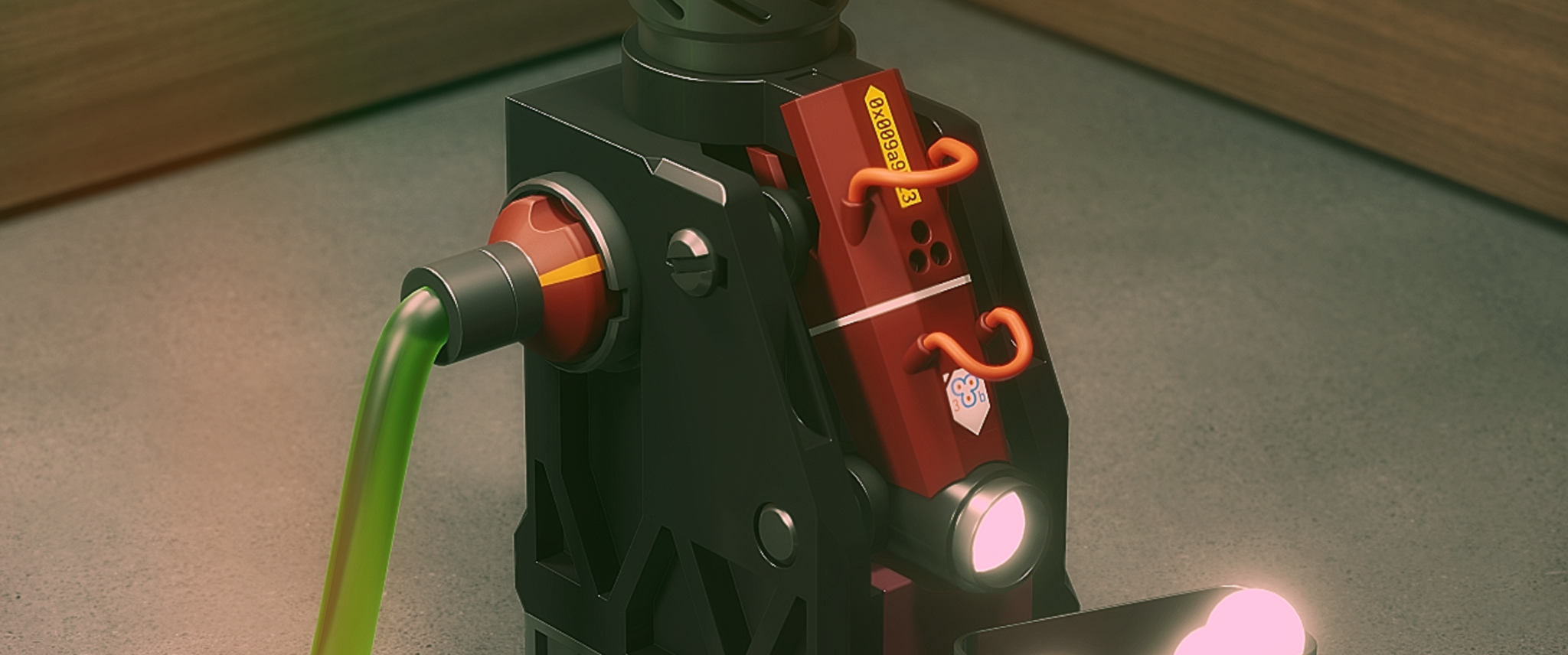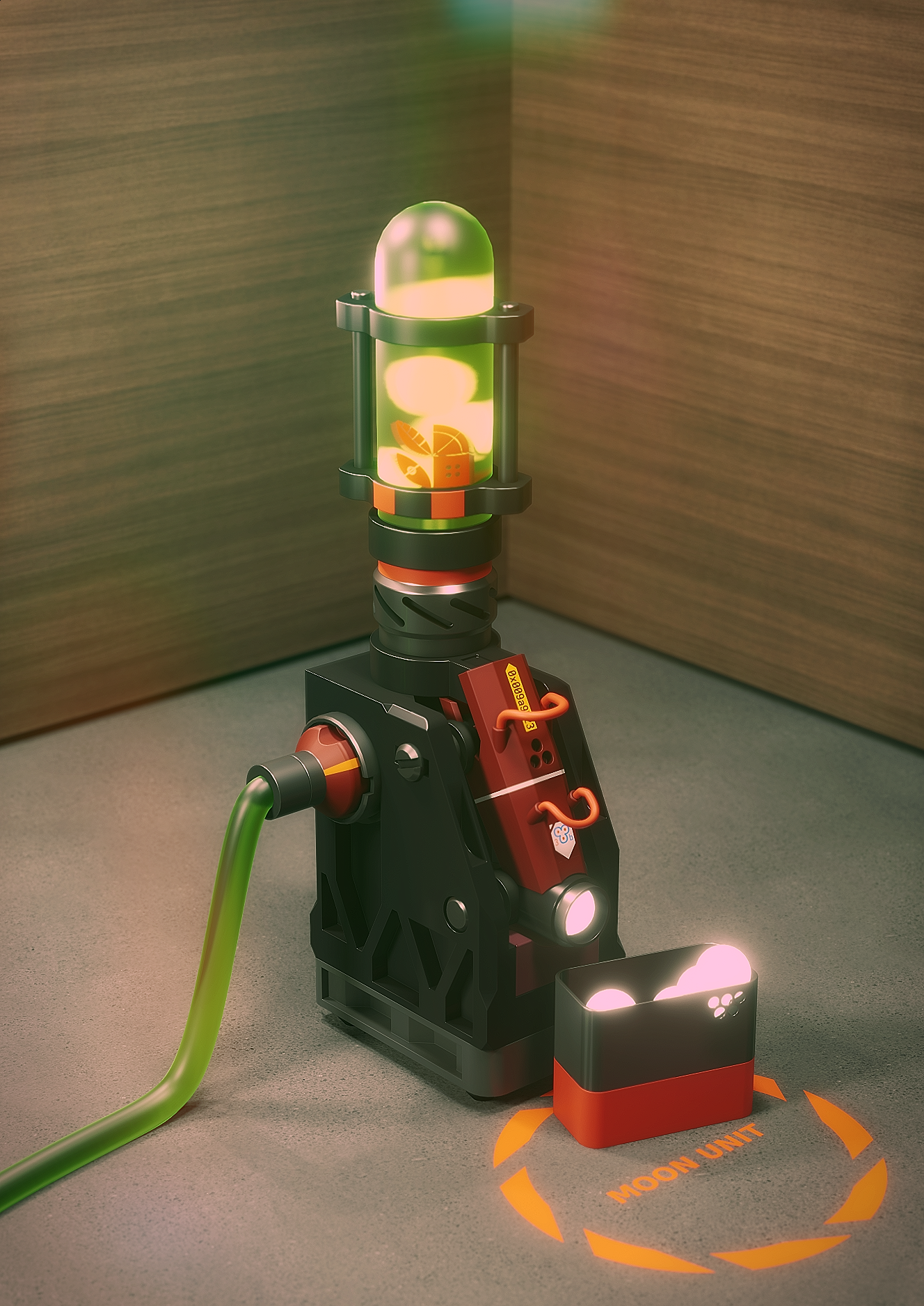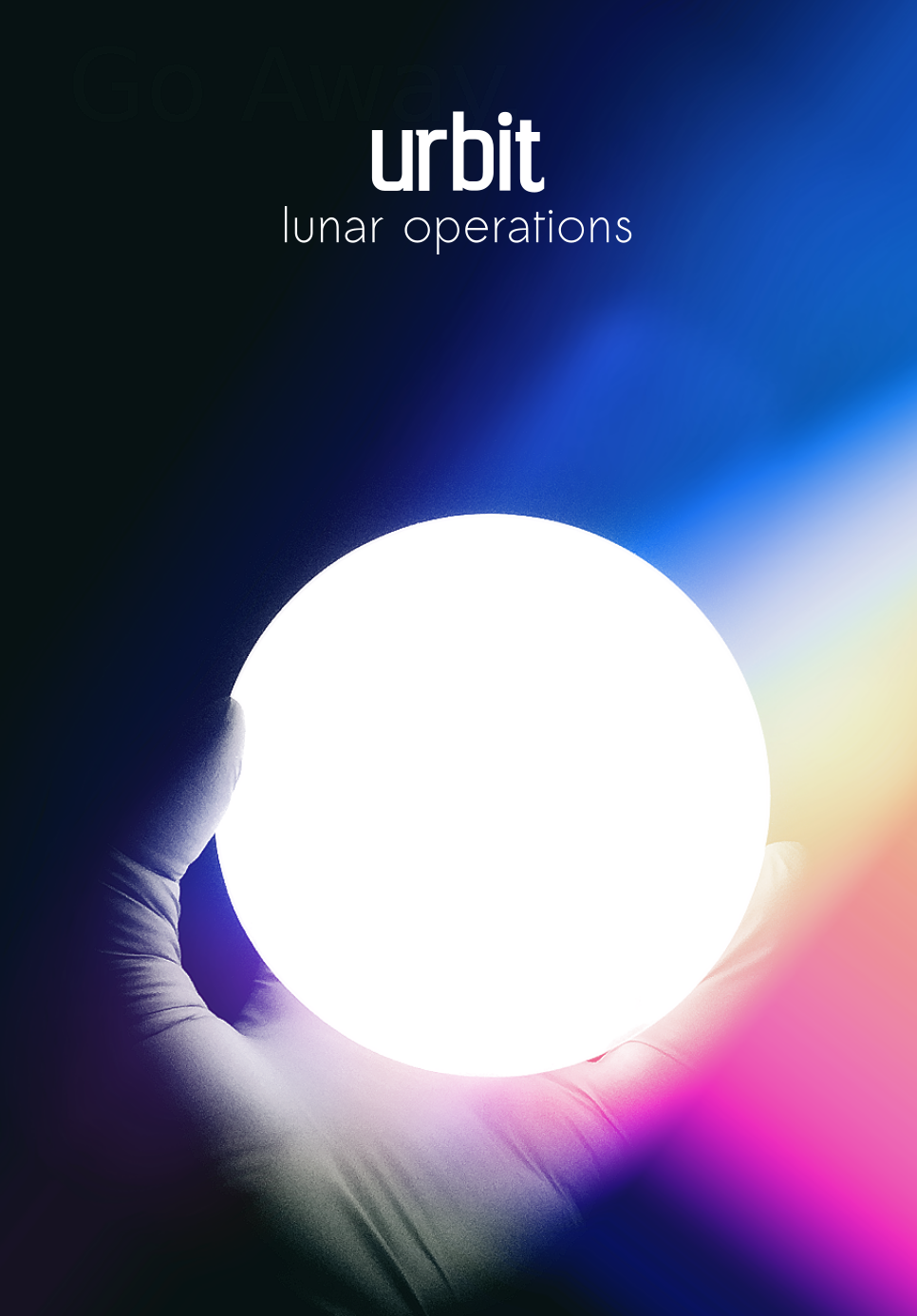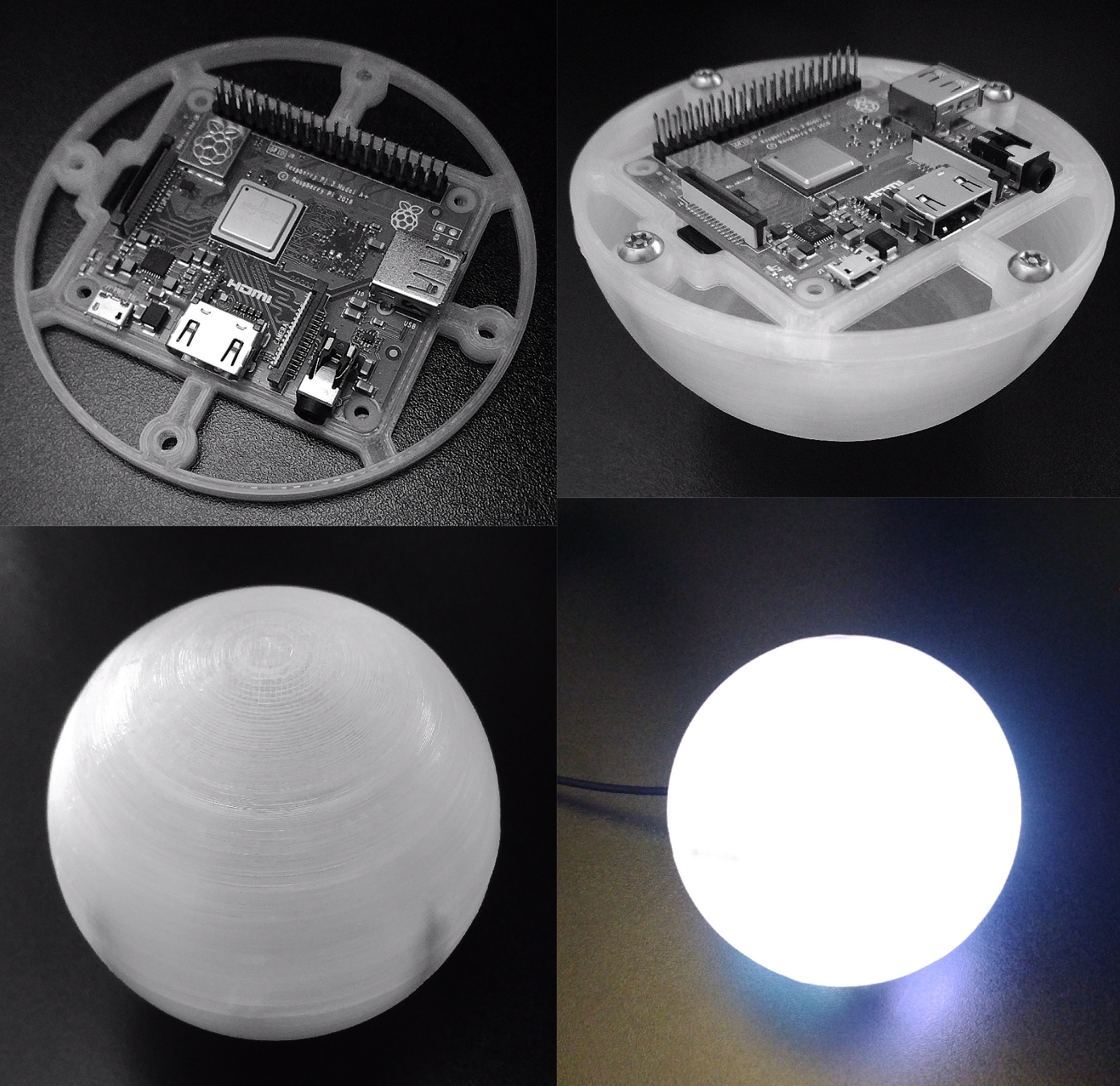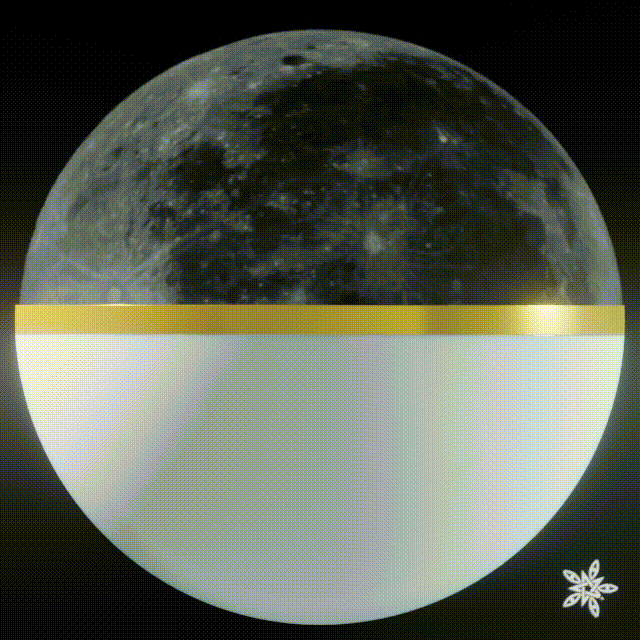An Urbit moon is an Urbit with a 32-bit address in the Azimuth address space. These may be freely spawned by planets (as well as stars and galaxies) and are are nominally intended for the management of personal devices, sensors, bots, and so on. Up to about 4.3 billion of them can be spawned per parent point, so they could conceivably have other uses such as NAT-like addressing schemes.
I have long conceived of moons as physical things, similar to the Kuu from Noita, which is a tiny glowing moon with an intense gravitational pull. The concept for Urbit moon spawning (performed using a Moon Unit) is therefore obvious:
It takes 28 days for the moons to grow to full size and start booting. The gestation tank is supplied with a gentle flow of Internet Jelly supplemented with bovine fœtal serum, polyethylene glycol, 'modified ylem'(?!), and 'many non-defined spawning-promoting and survival-enhancing factors', according to a Biochrom GmbH brochure.
Every now and then the moon chute will get jammed, and the interns will draw lots regarding who has to unjam it using a combination of a flathead screwdriver, lithium grease, and prayers to Hecatē. Moons that do not eclose within a reasonable timeframe can get permanently stuck inside the gestation tank, where they live out their entire lives.
The physical 'moon' is a housing for a Raspberry Pi 3A. I successfully booted Urbit on it (only just), however it was by no means performant.
